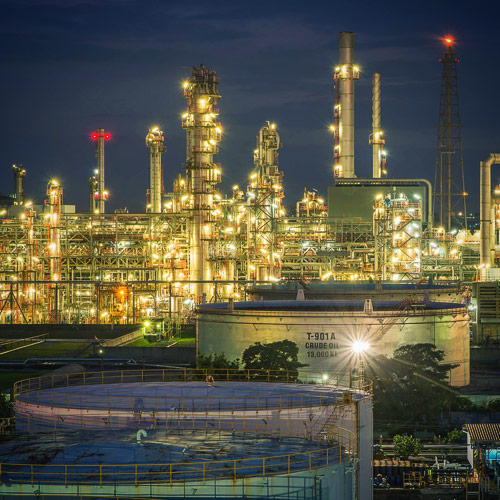Recomendações para reduzir o impacto dos mecanismos de corrosão nos sistemas de amina
Corrosão é um problema caro no setor de produção de petróleo e gás, com risco significativo de segurança e exposição. Ela continua a ser um desafio ao setor devido à sua complexidade e dificuldade de ser solucionada completamente. A perda de receita com o desligamento de uma planta de amina devido à corrosão pode ser significativa.
Em uma refinaria, a incapacidade da unidade de remoção de gás ácido (AGRU) de tratar o gás combustível de refinaria ácido que vem das operações da unidade pode reduzir a capacidade da refinaria de operar em capacidade máxima, reduzindo a produção dos produtos finais da refinaria, como gasolina e diesel. Se uma refinaria de 100.000 b/d for forçada a operar 10% abaixo da capacidade devido a problemas com a unidade de remoção de gás ácido, e presumindo-se que os produtos da refinaria sejam vendidos em média a US$ 2/gal, a perda de receita ficará na faixa de US$ 840.000/dia.
Para minimizar a corrosão em sistemas de amina, muitos fatores precisam ser considerados, desde o design original até a operação, manutenção e resolução de problemas. O gerenciamento eficiente da corrosão é um aspecto importante do gerenciamento do sistema de amina. Neste artigo, revisaremos uma série de problemas de gerenciamento de corrosão do sistema de amina e focaremos na capacidade de gerenciamento eficaz de sólidos para obter controle de corrosão.
Saiba como reduzir o impacto da corrosão no sistema de amina. Neste artigo técnico, os especialistas em filtração e separação da Pall abordam diversos fatores que podem causar corrosão e as recomendações do setor para ajudar com esses desafios complexos.
